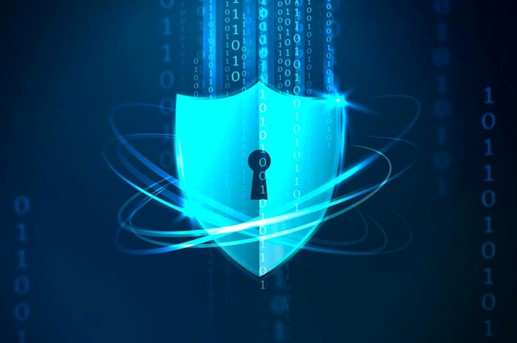
2019 in retrospective, we have a lot to do this year
1
min reading time
A fraction of aspect and at the same time unthinkable damages.
Here at CCLab, we have always kept our focus on the most critical corners of IT and high-security solutions.
We have been able to develop and widen our experiences throughout the years.
In 2019 our Smart Metering Division has handled a number of projects and we have been able to refocus some of our resources towards the field of IoT.
We believe in the new digital era where IoT devices available with state of the art security.
Thanks to jtsec’s retrospect of 2019, it is easier than ever to identify and understand schemas within high-security products.
As in 2019, we have successfully evaluated 5 products within Common Criteria. We stand proudly in the midfield next to most acknowledged laboratories by the number of evaluations.
See the international report.
Related downloadables
Related downloadables


Common Criteria Evaluation Process infographics
Common Criteria Evaluation Process infographics
This downloadable infographics introduces the Common Criteria Evaluation process to you. Explore now for free.


Guide and Checklist for Common Criteria Evaluations - updated with EUCC Scheme
Guide and Checklist for Common Criteria Evaluations - updated with EUCC Scheme
Learn everything you need to know for a successful Common Criteria certification project. Save costs and effort with your checklist.


ETSI EN 303 645 infographics for Consumer IoT devices
ETSI EN 303 645 infographics for Consumer IoT devices
Download our ETSI EN 303 635 infographics today and learn about the product certification process for this consumer IoT device cybersecurity standard.
Related news

Preparing Legacy Systems for Common Criteria Certification
Legacy systems power critical operations across industries worldwide, yet they present unique challenges when organizations pursue Common Criteria certification. The clock is ticking for manufacturers and enterprises who must navigate complex compliance requirements while maintaining operational continuity. Organizations pursuing Common Criteria certification must address unique challenges when dealing with legacy infrastructure, but with the right approach, success is achievable. The urgency cannot be overstated. Regulatory deadlines approach rapidly, and the cost of non-compliance continues to escalate. Legacy systems that once served as reliable workhorses now require strategic transformation to meet modern security standards. This guide provides actionable strategies to prepare your legacy infrastructure for certification success.
10
min reading time
.jpg)
The CRA as the Cornerstone of the EU Cybersecurity Ecosystem
This article provides an in-depth overview of the EU Cyber Resilience Act (CRA), explaining why the regulation was introduced, its key security requirements, conformity assessment routes such as Module A, the role of harmonized standards, and the lifecycle obligations manufacturers must meet.
10
min reading time

Beyond 2025: Why RED is the Blueprint for CRA Success
The August 1, 2025 deadline for the Radio Equipment Directive (RED) Delegated Act has passed. You have likely spent the last year scrambling to test devices, freeze software, and secure approvals. But just as the dust settles, a new challenge looms: the Cyber Resilience Act (CRA) is now getting in force, with full application expected by December 11, 2027. The immediate worry for many manufacturers is simple: Was the investment for RED wasted? Is the work done for the 2025 deadline just a temporary fix destined to be withdrawn when the CRA takes over? The answer is no, if a strategic approach is taken. The two regulations are "in sync," and the work done for RED-DA is the essential foundation for future CRA compliance.
9
min reading time
